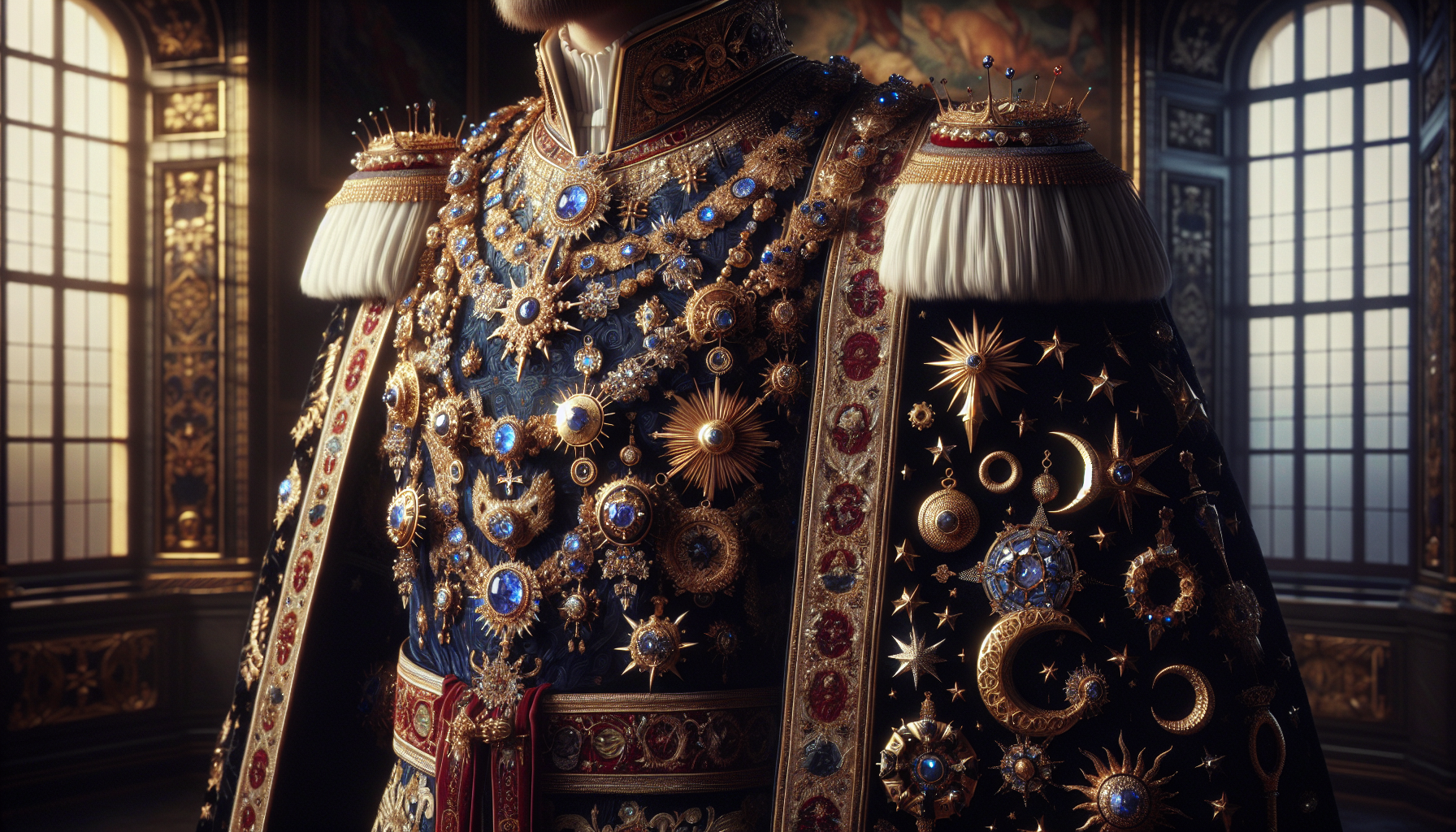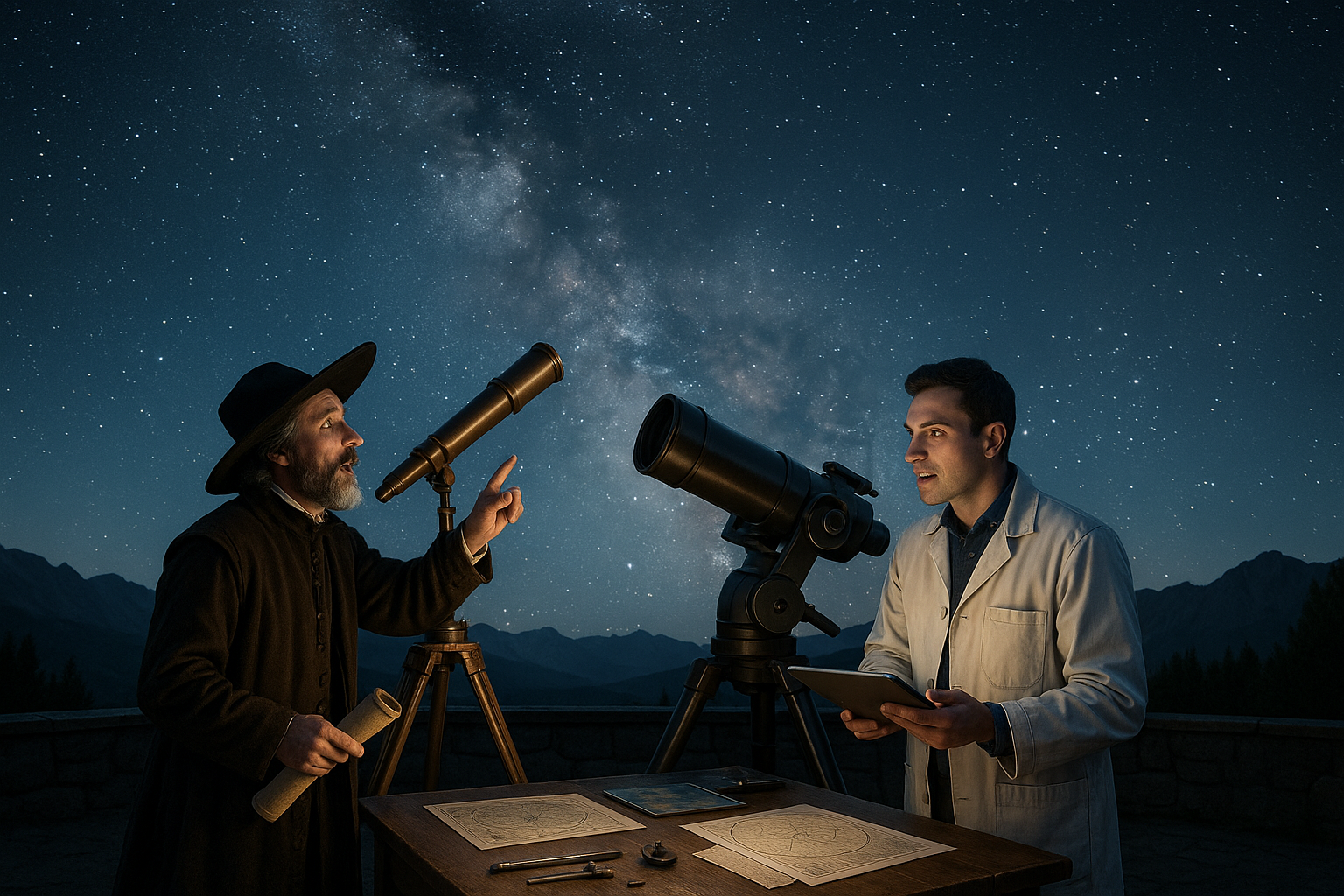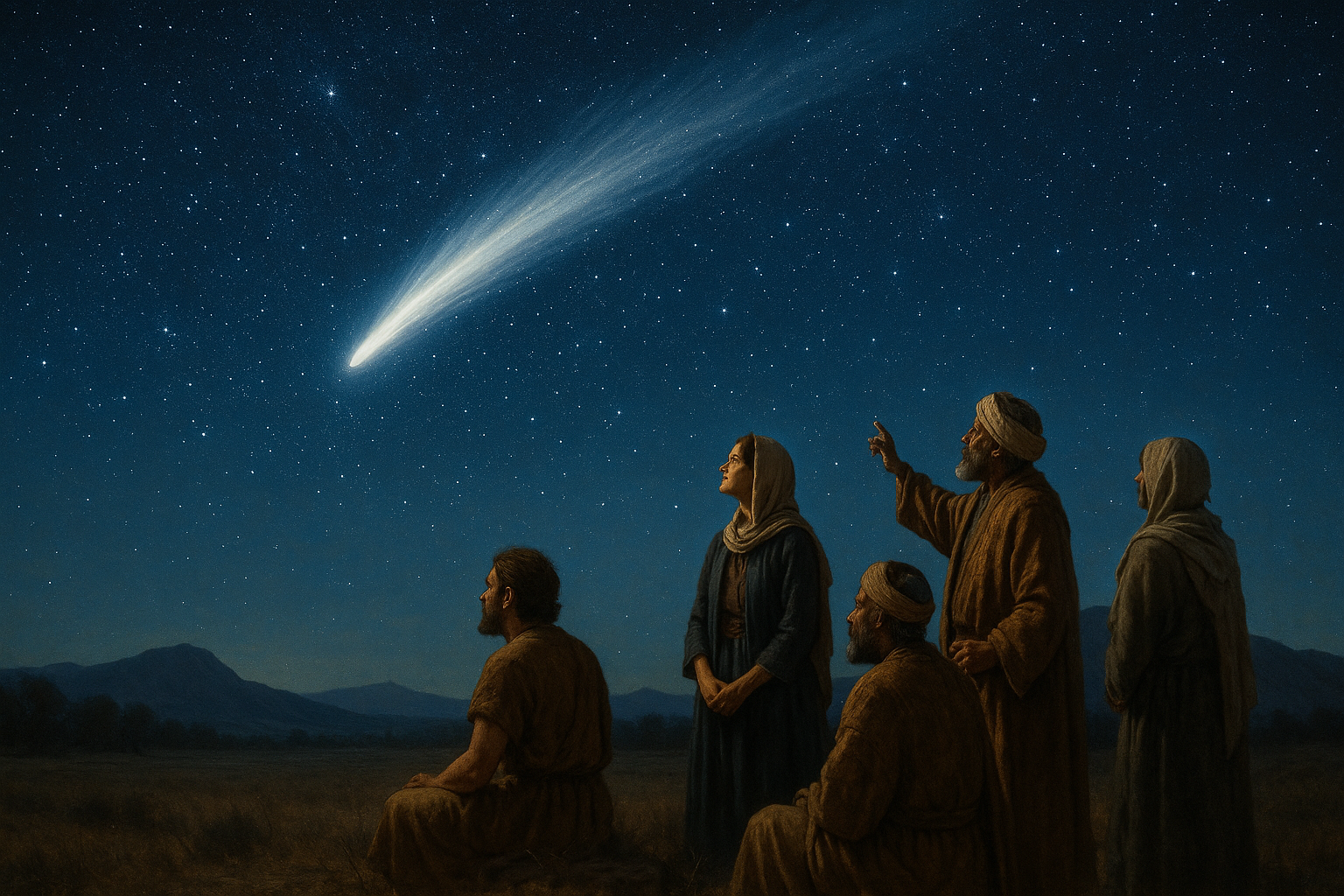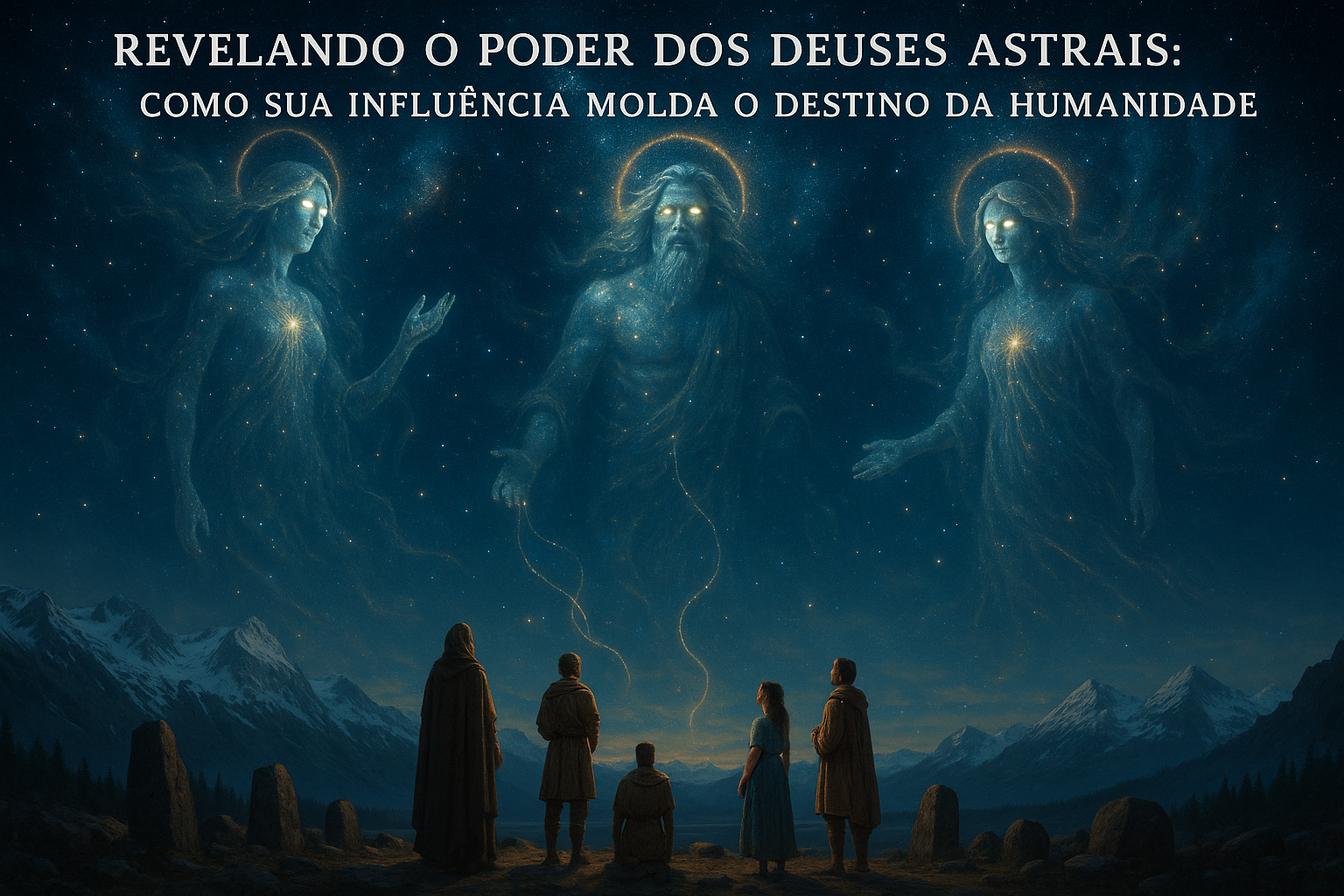In a world where earthly power and divine influence have often intertwined, few symbols capture this enigmatic fusion as vividly as the celestial motifs embedded in royal regalia. These ornate accessories, worn by monarchs across cultures and eras, are more than mere displays of wealth and authority. They are profound representations of cosmic significance, echoing the ancient belief that kings and queens are chosen not just by their lineage but by the stars themselves. Join us on an extraordinary journey as we unravel the mysteries of celestial symbolism in royal regalia, revealing how these heavenly elements have shaped the legacy and perception of monarchies throughout history. 🌟
Throughout time, rulers have sought to legitimize their reigns by aligning themselves with celestial bodies, drawing parallels between their dominion over the earth and the universe’s eternal order. The sun, moon, and stars have been intricately woven into the fabric of crowns, scepters, and robes, each piece imbued with meanings that transcend the material. From the radiant sunbursts on the French Fleur-de-lis to the mystical lunar symbols in Asian crowns, these elements reflect a sovereign’s purported connection to the divine. In this exploration, we will delve into the fascinating history of these symbols, tracing their origins and examining their evolution across different dynasties and continents.
The allure of celestial imagery is not limited to its aesthetic appeal; it also conveys a deeper narrative about power and destiny. For instance, consider the sun’s depiction in royal regalia. Beyond its life-giving warmth and light, the sun symbolizes the monarch’s role as a guiding force, a central figure around which the realm revolves. Similarly, lunar symbols often represent wisdom and reflection, suggesting a ruler who embodies not only strength but also introspective insight. We will dissect these symbols’ roles in various cultures, uncovering how they have been used to craft powerful narratives of kingship and divine right.
Moreover, the cosmic symbolism in royal regalia often reflects the technological and astronomical advancements of the time. As societies grew more sophisticated in their understanding of the cosmos, so too did their expression of this knowledge in royal ornaments. The intricate astrolabes and zodiac signs in some European crowns, for example, are testament to an era when astronomy and astrology held significant sway over court life and royal decision-making. In our discussion, we will explore these scientific intersections, revealing how they have enriched the artistry and symbolism of royal accessories.
Finally, we will consider the enduring legacy of celestial symbolism in contemporary contexts. In an age where monarchies are often seen as relics of the past, these symbols continue to captivate and inspire. Whether through ceremonial attire or modern adaptations in popular culture, the celestial motifs of old still hold a certain magic and mystique. By examining recent examples and their interpretations, we will gain insight into why these ancient symbols remain relevant and how they continue to shape our understanding of leadership and authority.
The Enigmatic World of Celestial Symbolism in Royal Regalia
Throughout history, the intricate relationship between royalty and celestial symbolism has been vividly illustrated through the ornate accessories worn by monarchs. These symbols, often embedded in crowns, scepters, and robes, are not mere decorative elements. Instead, they carry profound cosmic significance, reflecting the divine right to rule and the connection between the heavens and earthly power. Understanding the celestial symbolism in royal regalia requires a deep dive into the past, exploring various cultures and their interpretations of the cosmos.
The use of celestial motifs in royal regalia can be traced back to ancient civilizations. For example, the sun and the moon have long been associated with kingship. The sun, often seen as a source of life and power, is a recurring symbol of the king’s strength and eternal presence. The moon, with its cycles, represents the balance and continuity of the monarchy. These elements are not only seen in the physical adornments but also in the rituals and ceremonies that surround the royal institutions. The integration of such symbols was intended to align the king with divine cosmic forces, reinforcing the idea of the monarch as an intermediary between the gods and the people.
One of the most notable examples of celestial symbolism in royal regalia is found in the ancient Egyptian pharaohs’ adornments. The pharaohs were often depicted with crowns that included symbols of the sun god Ra, emphasizing their role as the earthly embodiment of divine authority. Similarly, in European monarchies, the use of stars and celestial bodies in crowns and scepters signified the king’s connection to a divine plan and his role as a leader under the heavens’ guidance. These symbols were not random choices; they were deeply rooted in the cultural and religious beliefs of the time.
Celestial Symbolism Across Different Cultures
Celestial symbolism in royal regalia is not confined to a single culture or era. Across different civilizations, we see a variety of interpretations and uses of cosmic symbols. In Asia, particularly in China and Japan, the emperor was often associated with the dragon and the phoenix, both considered celestial creatures that symbolize power, strength, and immortality. These creatures were frequently depicted in royal robes and accessories, serving as a reminder of the emperor’s divine mandate.
In the Americas, the Aztecs and the Mayans also incorporated celestial symbolism into their leadership structures. The sun was a central figure in their cosmology and was often linked to the emperor’s identity. The elaborate headdresses and jewelry worn by these leaders often featured solar motifs, illustrating their connection to the sun god and their role as the divine ruler.
In the Islamic world, celestial symbolism was reflected in the intricate designs of royal attire and architecture. The use of stars and geometric patterns was prevalent, symbolizing the infinite nature of the cosmos and the eternal nature of divine authority. These motifs were not only present in clothing but also in the design of palaces and mosques, creating a unified visual language that linked the earthly realm with the celestial.
| Culture | Celestial Symbols | Significance |
|---|---|---|
| Egyptian | Sun, Ra | Divine authority, power |
| European | Stars, Sun | Guidance, divine plan |
| Chinese | Dragon, Phoenix | Immortality, strength |
| Aztec/Mayan | Sun | Divine ruler, solar deity |
For a more detailed exploration of these symbols, watch the video below:
The Cosmic Journey: Understanding the Symbols
Delving deeper into the individual symbols, it becomes apparent that each carries its own unique story and significance. The sun, a universally recognized symbol, is often associated with life, energy, and enlightenment. In the context of royal regalia, the sun symbolizes the monarch’s role as a life-giver and protector of the realm. The crown, often adorned with sun motifs, signifies the king’s enlightenment and wisdom, qualities deemed essential for righteous rule.
The moon, on the other hand, is often linked to femininity, intuition, and the cyclical nature of life. In royal symbolism, it represents the continuity of the monarchy, the transition of power, and the balance between different forces within the kingdom. Moon symbols in regalia are often used to signify the queen’s role as a nurturing and stabilizing force within the royal family.
Stars, with their multitude and constancy, are symbols of guidance, hope, and destiny. They are often used in royal regalia to signify the king’s role as a guiding force for the nation. Stars are frequently incorporated into the designs of crowns and scepters, serving as a visual reminder of the monarch’s duty to lead with vision and foresight.
The Role of Astrology in Royal Symbolism
Astrology has played a significant role in the development of celestial symbolism in royal regalia. The belief in the influence of celestial bodies on human affairs has been a part of many cultures throughout history. Monarchs often consulted astrologers for guidance in matters of state, and this influence extended to the symbols they chose to adorn themselves with.
The zodiac, a key component of astrology, is often reflected in the symbols found in royal regalia. Each zodiac sign is associated with specific traits and characteristics, and these associations are often reflected in the symbols chosen by monarchs. For example, a king born under the sign of Leo might incorporate the lion, a symbol of courage and strength, into his regalia, while a queen born under the sign of Pisces might choose symbols of water and intuition.
Understanding the influence of astrology on royal symbolism provides valuable insight into the beliefs and values of historical monarchies. It highlights the importance of celestial forces in shaping the identity and authority of rulers, and how these beliefs were manifested in the physical symbols that adorned them.
Check out the table below for a comparison of zodiac signs and their associated symbols in royal regalia:
| Zodiac Sign | Symbol | Characteristics |
|---|---|---|
| Aries | Ram | Leadership, courage |
| Taurus | Bull | Strength, stability |
| Leo | Lion | Courage, nobility |
| Pisces | Fish | Intuition, adaptability |
The Modern Interpretation of Celestial Symbolism
In the contemporary world, celestial symbolism continues to play a role in the identity of modern monarchies. Although the divine right to rule is no longer a prevailing belief, the use of celestial symbols in regalia has evolved to represent tradition, history, and cultural heritage. Modern monarchs often retain the use of these symbols in ceremonial contexts, maintaining a connection to the past while embracing contemporary values.
Today’s royal regalia often incorporates a blend of traditional symbols with modern design elements, reflecting the dynamic nature of monarchy in the modern age. The symbols have become less about divine authority and more about representing the continuity and stability of the institution. They serve as a reminder of the monarchy’s historical significance and its ongoing role in the cultural and national identity.
Furthermore, the celestial symbols used in modern regalia often reflect a sense of unity and common identity. They are used to symbolize the shared history and values of a nation, fostering a sense of pride and belonging among the people. The continued use of these symbols in royal ceremonies and public appearances underscores their enduring significance in the narrative of monarchy.
For a more in-depth analysis, watch the video “The Evolution of Royal Symbols in Modern Monarchies” by Royal History Channel on YouTube.

Conclusion
Unlocking the mysteries of celestial symbolism in royal regalia reveals a fascinating confluence of art, history, and astronomy that enriches our understanding of monarchic traditions and their significance. Throughout this exploration, we have delved into how celestial bodies have been intricately woven into the fabric of royal attire, serving as powerful symbols of divine right, authority, and cosmic order.
From the sun motifs that emblazon crowns to the star-studded robes worn by emperors, these symbols are more than mere decoration—they are deeply embedded in the narrative of rulership and the divine. They convey messages of power and legitimacy, drawing connections between the earthly reign of monarchs and the celestial realm. This connection is evident in various cultures across the globe, from the intricate solar emblems of European crowns to the astral representations in Asian regalia, demonstrating a universal language of symbolism that transcends borders and time.
The significance of celestial symbolism in royal regalia is multifaceted. Firstly, it serves as a manifestation of the divine right of kings, a doctrine that asserts the monarch’s authority as ordained by the heavens. This is vividly illustrated by the sun, a universal symbol of power and life, which is prominently featured in the regalia of many royal houses. The sun not only represents the monarch’s role as a life-giver and ruler but also connects them to the divine, reinforcing their sacred status among their subjects.
Furthermore, celestial symbols often encapsulate the cosmic order, reflecting the harmonious balance that a ruler is expected to maintain within their realm. The stars and planets, in their fixed orbits and predictable patterns, symbolize stability and continuity—qualities that are essential for effective governance. By adorning themselves with these symbols, monarchs project an image of constancy and reliability, assuring their subjects of a stable reign.
The cultural significance of these symbols also plays a crucial role in reinforcing national identity and heritage. In many cases, celestial motifs are unique to particular dynasties or regions, acting as markers of cultural pride and continuity. For instance, the Fleur-de-lis of French monarchy, which incorporates both earthly and celestial symbolism, serves as a timeless emblem of French heritage and royal authority.
In our exploration, we have also highlighted the artistry and craftsmanship involved in creating royal regalia. The meticulous work of artisans, who have historically incorporated celestial motifs into jewelry, crowns, and robes, speaks to the importance placed on these symbols. The use of precious materials such as gold, silver, and gemstones not only enhances the visual appeal but also underscores the value and significance of the regalia as carriers of meaning and tradition.
Understanding the celestial symbolism in royal regalia provides us with a window into the past, offering insights into how rulers of different eras and regions perceived their place in the universe. It also prompts us to reflect on the enduring nature of these symbols, which continue to captivate and inspire us today.
The exploration of celestial symbolism in royal regalia is more than an academic exercise; it is an invitation to appreciate the rich tapestry of human culture and history. It encourages us to look beyond the surface, to seek out the deeper meanings and connections that bind us to our past and shape our present.
As we conclude this journey through the cosmic significance of royal adornments, let us not only admire the beauty and craftsmanship of these pieces but also acknowledge their role as storytellers of our shared history. Their stories remind us of the universal themes that connect humanity—power, divinity, order, and heritage.
We invite you, our readers, to share your thoughts and insights on this fascinating topic. How do you perceive the role of celestial symbolism in shaping cultural and political narratives? Have you encountered similar symbols in other contexts, and what meanings do they convey to you?
Feel free to engage with us by commenting below or sharing this article with others who might find it intriguing. Your perspectives enrich the conversation and help us uncover even more layers of meaning within the symbols that have adorned monarchs throughout history.
In this era of digital connectivity, sharing knowledge is more accessible than ever. By sharing this article, you contribute to a broader understanding of the cultural and historical significance of celestial symbolism in royal regalia. Together, we can unlock the mysteries of our past and inspire future generations to appreciate the beauty and depth of these timeless symbols.
For those interested in delving deeper into the subject, we encourage you to explore additional resources that offer rich insights into the world of royal symbolism and its celestial connections. Websites such as the British Museum (https://www.britishmuseum.org) and the Metropolitan Museum of Art (https://www.metmuseum.org) provide valuable collections and exhibitions that further illuminate the intricate designs and meanings behind royal regalia.
Thank you for joining us on this celestial journey. We hope it has sparked your curiosity and inspired you to continue exploring the fascinating intersection of art, history, and astronomy. 🌟👑
Toni Santos is a visual storyteller and cosmic interpreter whose work illuminates the ancient skywatchers and their prehistoric astronomy—the profound ways early humans observed and revered the heavens before written history. Through a visionary lens, Toni explores how the stars, planets, and celestial cycles shaped myth, ritual, and survival in cultures lost to time.
Rooted in a fascination with archaic observatories, stone alignments, and celestial symbolism, Toni’s creative journey reveals the deep human impulse to understand and harmonize with the cosmos. From lunar phases guiding planting seasons to the sacred paths of the Milky Way, each of his works embodies the awe and knowledge encoded in the night sky.
Combining artistic craftsmanship with archaeological insight, Toni’s pieces evoke the mystery and precision of prehistoric astronomers. His work does more than depict—it channels the timeless dance between earth and sky, bridging ancient wisdom with contemporary wonder.
As the visionary behind Vizovex, Toni shares curated visuals, essays, and symbolic studies that invite others to reconnect with the cosmic heritage written in stone and starlight. His creations are a call to look upward, to listen to the silent stories told by the stars, and to honor the first astronomers who mapped the heavens with reverence and ingenuity.
His work is a tribute to:
The celestial wisdom of prehistoric peoples
The sacred geometry of ancient observatories
The enduring bond between human culture and the cosmos
Whether you’re a stargazer, a scholar of ancient mysteries, or someone captivated by the universe’s earliest storytellers, Toni welcomes you to journey through a space where the sky is both map and myth—one constellation, one ritual, one revelation at a time.




